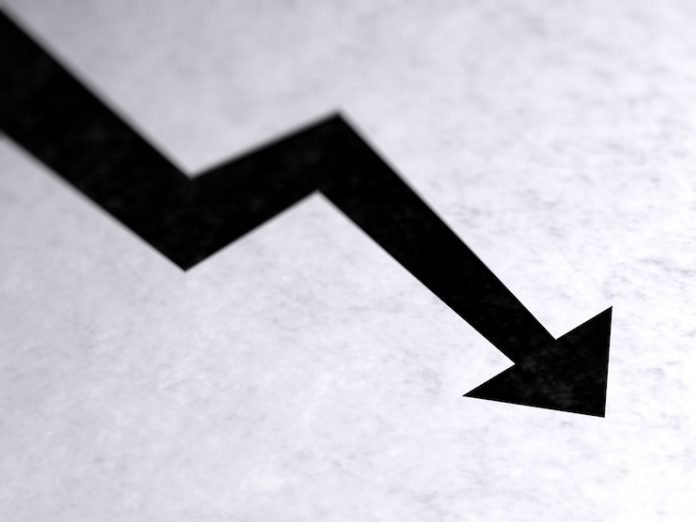HENDERSONVILLE, Tenn. — The U.S. hotel industry reported mostly negative results in three key performance metrics for September 2019, according to data from STR. Compared with September 2018, occupancy declined 0.9 percent to 67.4 percent. Revenue per available room (RevPAR) also dropped by 0.3 percent to $88.91, although average daily rate (ADR) increased 0.6 percent year-over-year to $131.93.
“The second month this year with a negative result points to a continued slowdown for the U.S. hotel industry. Demand only grew 1.2 percent, not strong enough to overcome a 2 percent increase in supply, so occupancy declined for the third time this year,” said Jan Freitag, senior vice president of lodging insights at STR. “Hotels at the high end, in the luxury and upper-upscale classes, were able to report slight RevPAR increases, but all other classes showed declines. The results on the higher end were positively impacted by a more favorable calendar shift of the Rosh Hashanah holiday and Group RevPAR increased 3 percent, compared to a basically flat (-0.2 percent) Transient RevPAR change.”
The industry’s current cycle, which began in March 2010, is now at 115 months, with year-over-year RevPAR increases in 112 of those months. The other two decreases during this run came in September 2018 (down 0.3 percent) and June 2019 (down 0.4 percent).
September 2019 Performance in the Top 25 Markets
Among the Top 25 Markets as defined by STR, New Orleans registered the largest jump in RevPAR (up 11.8 percent to $92.04) in September 2019, due primarily to the highest rise in occupancy (up 9.2 percent to 66.4 percent).
The Washington, D.C., area posted the largest lift in ADR (up 7.6 percent to $170.17), which resulted in the only other double-digit increase in RevPAR (up 10.3 percent to $123.22).
Orlando saw the only double-digit decline in RevPAR (down 11.9 percent to $64.55), because of the largest drop in occupancy (down 9 percent to 61.6 percent).
Miami reported the steepest decrease in ADR (down 4.3 percent to $134.59) and the second-largest declines in occupancy (down 4.7 to 60.7 percent) and RevPAR (down 8.8 percent to $81.73) in September 2019.
“Performance in the Top 25 Markets was anemic as well, and RevPAR did not change from last September. Supply growth in those larger markets (+2.7 percent) continues to outpace the supply increases elsewhere (+1.7 percent).”











